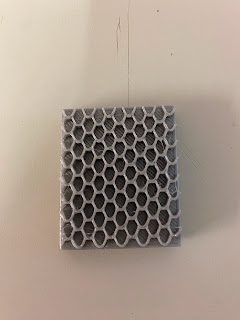Function of Lace
Function of Lace
Uses of Lace
Lace is a decorative fabric used in clothing and home furnishings. Narrow laces can be used for trims, and wide lace fabrics can be used for curtains, table cloths and garments. Laces are made in different widths with the final use in mind. Lace (most of the time) is so delicate and reliant on its careful construction, that cutting or adjusting the lace in any way can ruin it, which is different to other block fabrics, such as linen. So once the design of the final item is decided, once production starts, there can be no other adjustments, such as reducing or increasing the width.
Lace was originally produced to provide an alternative for embroidery for clothing and other linens, including for the clergy of the early Catholic Church as a part of vestments in religion ceremonies. When they first started to use lace, they primarily used cutwork, and most was made of gold, silver and silk.
Lace as a Status Symbol
Because of the long painstaking production times, lace was an expensive luxury item. It was most often the most expensive part of the outfit and reflected the wearers sophisticated tastes and status. Lace evolved throughout its production, reflecting the styles around at the time, and was worn by both men and women, on collar's, cuff's, hands, heads, entire gowns and their furniture. The more money one could spend on lace, the more they were showing to the public how rich and important they were.
As a result of lace being purchased excessively by aristocrats, and even some other wealthier members of society, many rulers placed restrictions on the wearing and importing of lace. As a result, lace became even more of a status symbol, now showing to the public not only how rich you were, but also how important you were, as you were allowed to have it.
During the 16th century sumptuary laws were used by many leaders. In England, Elizabethan sumptuary laws dictated which fabrics, garments and accessories could be worn by people of differing social status. The primary purpose of such laws was to reduce excessive spending on clothing by those who could not afford to 'waste their money', as well as to set clear visual distinctions between different levels of Elizabethan society. A statute from Elizabeth at Greenwich from 15th June 1574 says:
'The excess of apparel and the superfluity of unnecessary foreign wares thereto belonging now of late years is grown by sufferance to such an extremity that the manifest decay of the whole realm generally is like to follow'.
This is Queen Elizabeth, who is responsible for the sumptuary laws surrounding lace. You can see here the amount of lace and adornments she wore on her clothing, made with expensive gold threads and jewels. She, and others, clearly used lace to highlight their status over others surrounding them.
This painting (Portrait of a woman, Johannes Cornelisz Verspronck) was made in the early 1640s, when the fashion was less ruffs and standing collars, and more softer collars, requiring many yards of narrow linen bobbin lace.





Comments
Post a Comment